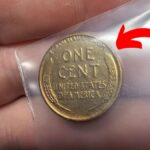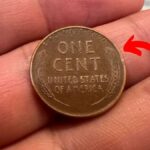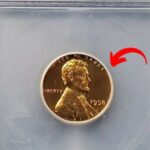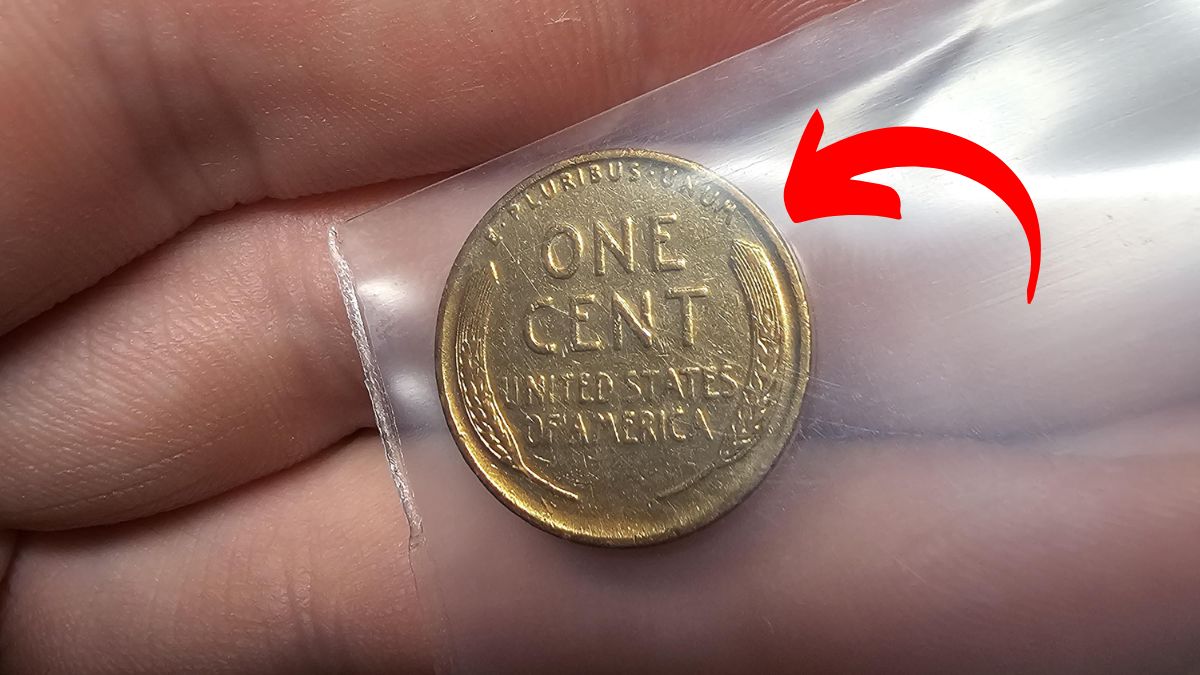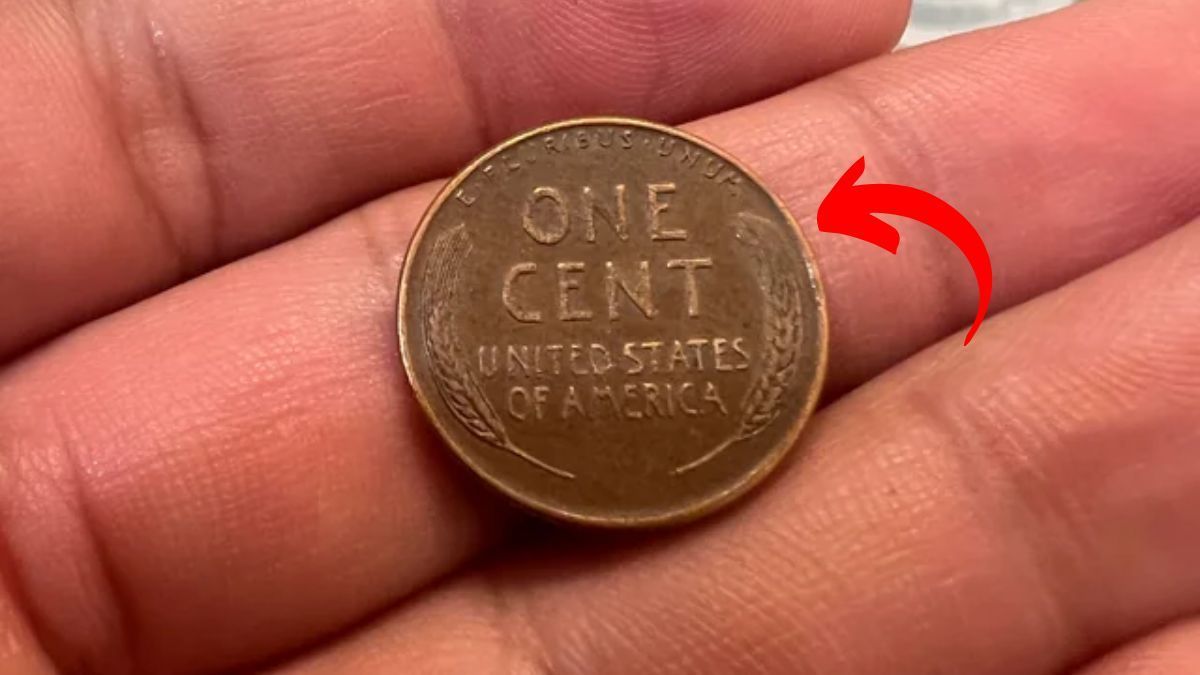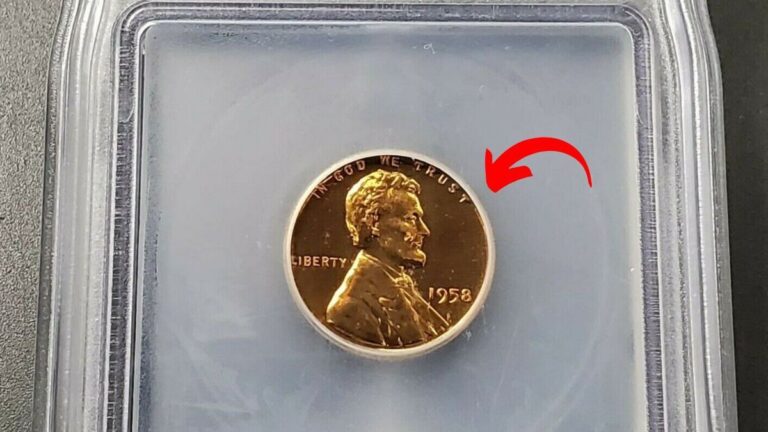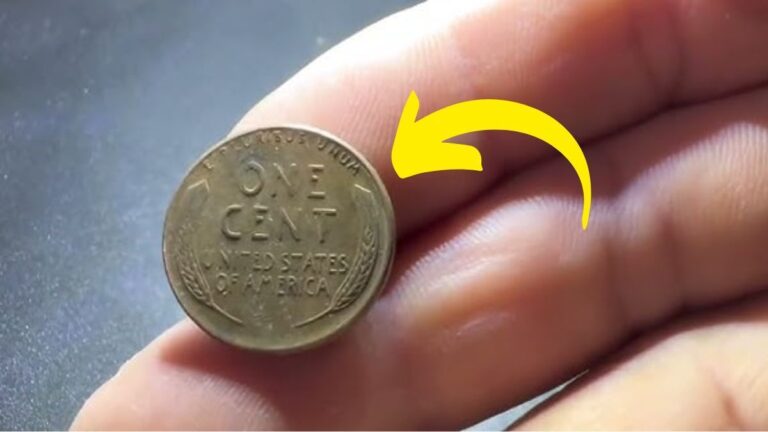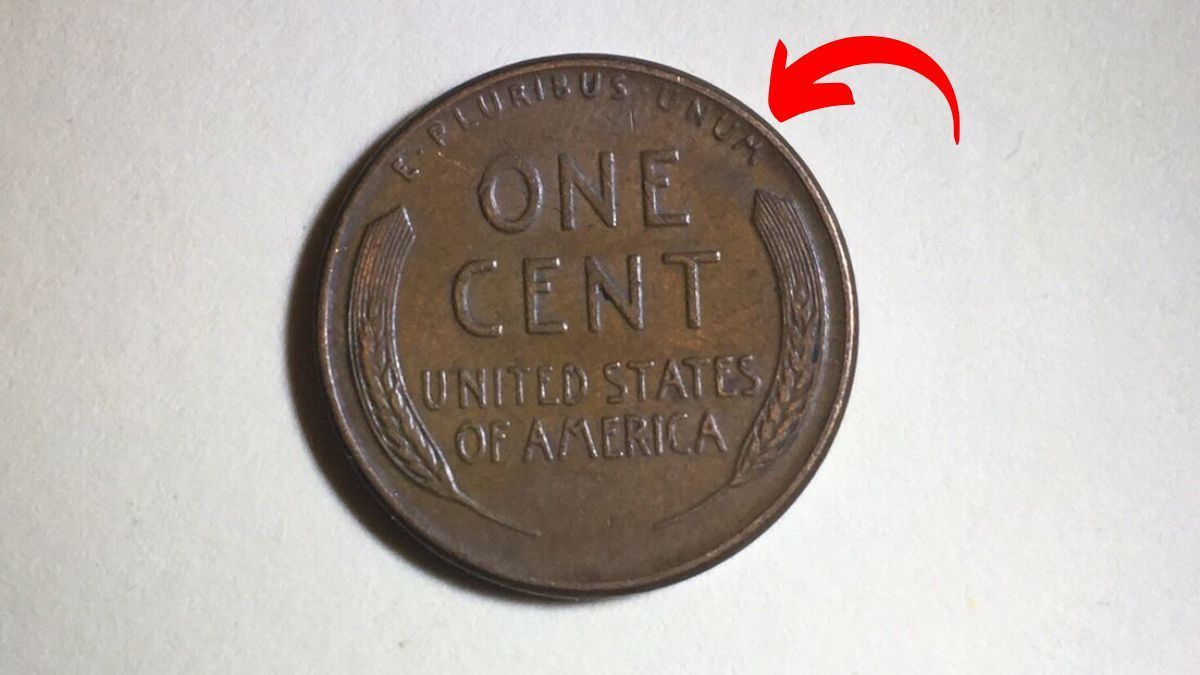The Lincoln Wheat Penny Valued at $565K: That penny in your pocket could be worth far more than one cent. While most of us barely notice the copper coins we handle daily, some Lincoln Wheat Pennies have sold for an astounding $565,000. This remarkable truth has coin collectors and everyday Americans alike checking their change with renewed interest.
A Penny with Historical Roots
The Lincoln Wheat Penny holds special significance in American history. Introduced in 1909 to commemorate Abraham Lincoln’s 100th birthday, it represented a major shift in American coinage as the first circulating coin to feature a real person rather than symbolic figures. Designed by talented sculptor Victor David Brenner, the coin features Lincoln’s dignified profile on the front and two elegant wheat stalks on the reverse side, which gave the coin its popular nickname.
This iconic design served the nation for nearly five decades, witnessing America through two world wars, the Great Depression, and the dawn of the atomic age before being replaced by the Lincoln Memorial design in 1958. Throughout its production run, billions of these pennies passed through countless hands, making it one of the most widely circulated coins in American history.
The War-Time Error That Created a Fortune
The most valuable Lincoln Wheat Pennies have a fascinating connection to World War II. In 1943, as copper was urgently needed for war materials, the U.S. Mint switched to producing steel pennies. However, a few copper blanks left over from 1942 were accidentally fed into the presses, creating rare copper versions of the 1943 penny.
These accidental copper pennies, produced during a time when the entire nation was making sacrifices for the war effort, represent a unique intersection of history and numismatic rarity. Today, these coins are among the most valuable American pennies, with the finest examples selling for hundreds of thousands of dollars.
What Makes a Penny Worth $565,000?
Several factors combine to make certain Lincoln Wheat Pennies extraordinarily valuable. Rarity is paramount – with fewer than 20 authentic 1943 copper pennies known to exist, collectors compete intensely to acquire them. Condition also significantly impacts value, with well-preserved specimens commanding premium prices. The historical context adds another layer of value, particularly for wartime varieties.
Beyond the famous 1943 copper penny, other valuable variations include the 1909-S VDB (featuring the designer’s initials before they were removed due to public controversy), the 1914-D, and the 1922 “plain” penny (missing its mint mark due to a production error). Each of these coins tells a unique story of American history and minting practices.
How to Identify a Valuable Wheat Penny
For those hoping to discover their own valuable Lincoln Wheat Penny, knowing what to look for is essential. Start by examining the date and mint mark – certain years and mints produced fewer coins, making them inherently more valuable. The 1909-S, 1914-D, and 1943 (copper version) are particularly significant.
When checking a potential 1943 copper penny, a simple test is to see if it sticks to a magnet – the steel versions will stick, while the rare copper ones won’t. Beyond the date, examine the coin’s condition, looking for clear details in Lincoln’s hair and the wheat stalks. Preservation is crucial, as worn coins are significantly less valuable than those in mint or near-mint condition.
The Thrill of the Hunt
What makes the story of valuable wheat pennies so compelling is that they could still be out there, hiding in plain sight. Unlike many valuable collectibles kept in museums or private collections, these coins were released into general circulation. Some of the most valuable specimens have been discovered in pocket change, forgotten jars, or inherited collections.
While finding a $565,000 penny might be a long shot, the possibility keeps the dream alive for collectors and casual searchers alike. Even finding a common wheat penny in circulation provides a tangible connection to American history – a small piece of the past that has somehow survived decades of commerce to reach your hands today.
Preserving Your Discovery
If you believe you’ve found a valuable Lincoln Wheat Penny, proper handling is crucial. Hold the coin by its edges to avoid damaging the surfaces, and store it in an appropriate holder that protects against environmental damage. Importantly, resist the urge to clean the coin – improper cleaning can significantly reduce its value.
The best course of action is to have any potentially valuable find evaluated by a professional numismatist who can authenticate the coin and assess its condition. Organizations like the Professional Coin Grading Service (PCGS) and Numismatic Guaranty Corporation (NGC) provide trusted authentication services.
The story of the Lincoln Wheat Penny reminds us that extraordinary value can hide in ordinary places. Whether you’re a serious collector or simply curious about that old penny you found, these humble coins offer a fascinating glimpse into American history and the surprising value that can emerge from the most unexpected places.
Disclaimer: This article is for informational purposes only. Coin values fluctuate based on market conditions and individual specimen characteristics. Professional authentication is recommended for any potentially valuable coins.

